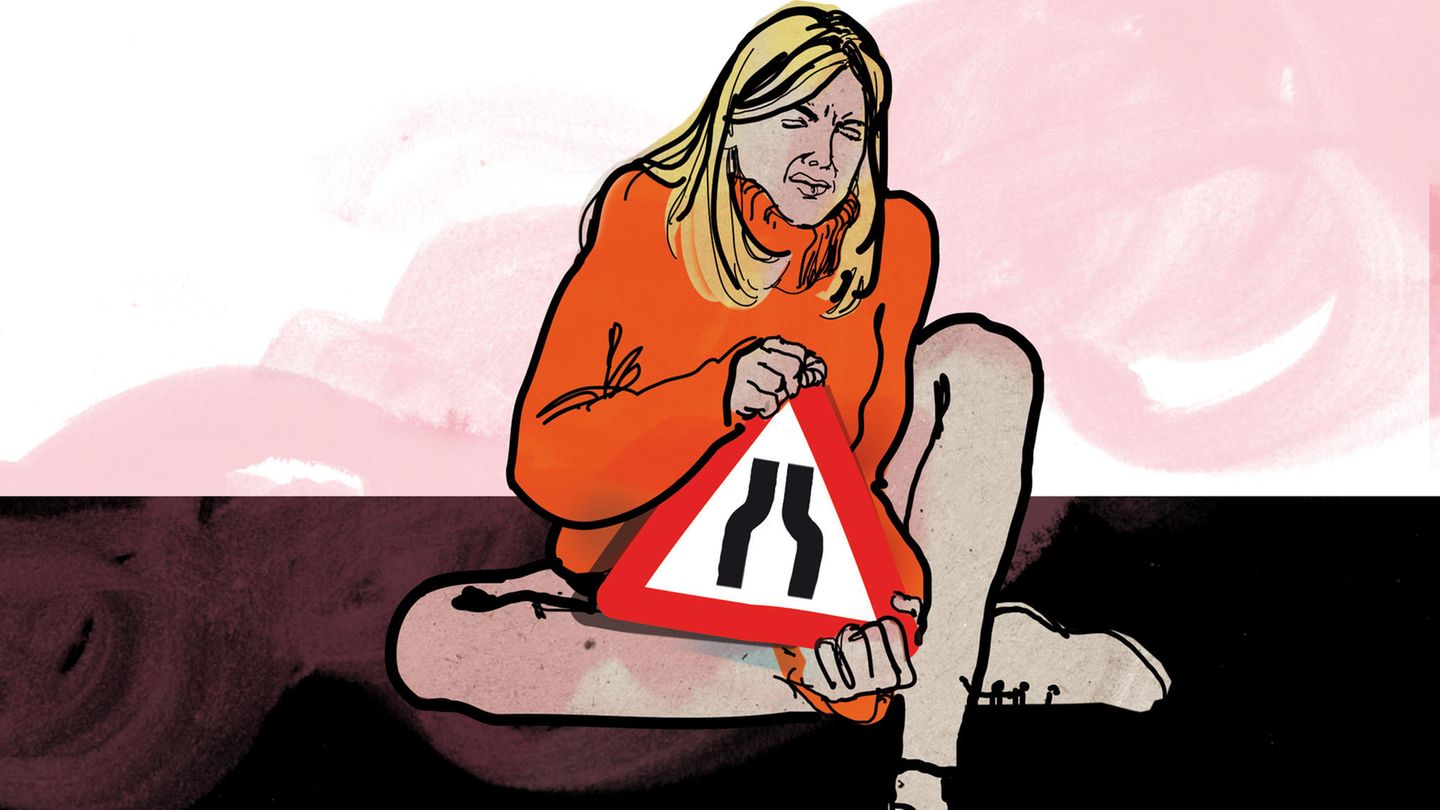Now, when we talk about investment we refer to the purchase of a financial asset in order to obtain a profit. This is very different from saving. Savings is the money that we save or deposit (for example, in a fixed term) to dispose of it in the future. Buying shares in the capital market is an investment, while keeping dollars under the mattress is simply savings.
And here an important dilemma arises, should I buy shares or is it preferable to buy dollars and save them? Is it useful to make a fixed term, or should I keep the pesos? Fixed term or dollars? Suppose that, at the beginning of the pandemic, on March 20, 2020, we had $20,000:
If we had invested those $20,000 in the Merval index, after 2 years, on 03/20/2022 we would have $65,263.98. In other words, 226.32% more, which was what the Merval grew in pesos in that period of time.
If we had bought the MEP dollar with that silver, on 03/20/2020 at a value of $91.4, two years later we would have $43,304.16. That is, 116.52%, which was how the value of the dollar grew if we sold on 03/20/2022 at $197.9.
If we had deposited that money in a fixed term, renewing it at 30 days, our final capital after 2 years would be about $38,753, that is, 93.77% more (considering a constant renewal at an average TNA of 34%)
Finally, if we had done absolutely nothing with those pesos and put them in the piggy bank, those $20,000 from March 2020 would be equivalent to approximately $9,352.79 today. In other words, we would have lost more than half the value of our money, as a result of inflation.
Taking into account that the accumulated inflation since March 2020 was approximately 113.84%, it is clear that the risk of not investing the money is much higher than the risk of investing it.
Evolution of the initial capital ($20,000) according to the investment
picture.jpg
As we can see in the graph, investing in the Merval is much more volatile than simply buying dollars, not to mention depositing the money in a fixed term. This volatility is one of the main factors that drives fears and rejection in most people. However, when we look at the long-term charts, those fears don’t seem to make as much sense, do they?
Taking all this into account, it is also important to clarify that to invest in shares in the local market it is not necessary to have too much money as many people believe. In fact, there are shares that could be bought for less than $10 and, in general, ALyCs (brokerage companies) do not charge maintenance or account opening costs.
Something that can also be interesting beyond traditional stock investment is playing with liquidity and Money Markets investment funds. According to the Chamber of Common Investment Funds, “Liquidity or Money Market Funds” are a very conservative investment and appropriate for those who want to invest their money in the short term, with immediate liquidity and free of price fluctuations.
These funds yield less than a fixed term, but have the advantage of being able to subscribe or redeem immediately when needed. It is an attractive option for those people who receive their salary the first days of the month and have a period of a week -or two- until they pay the credit card, services, etc.
In summary, the capital market offers many attractive opportunities for those who want to optimize their finances, and although as with any investment there are associated risks, it seems that the risk of not investing our money is much greater.
PPI Digital Banking Team Leader
Source: Ambito




